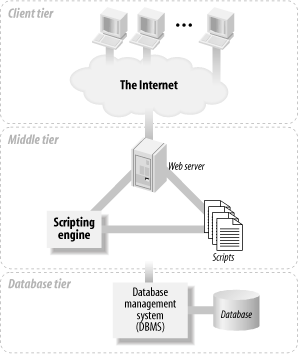Figure 1-1. The three-tier architecture model of a web database application

The formality of describing most web database applications as three-tier architectures hides the reality that the applications must bring together different protocols and software. The majority of the material in this tutorial discusses the middle tier and the application logic that brings together the fundamentally different client and database tiers.
When we use the term "the Web," we mean three major, distinct standards and the tools based on these standards: the Hypertext Markup Language (HTML), the Hypertext Transfer Protocol (HTTP), and the TCP/IP networking protocol suite. HTML works well for structuring and presenting information using a web browser application. TCP/IP is an effective networking protocol that transfers data between applications over the Internet and has little impact on web database application developers. The problem in building web database applications is interfacing traditional database applications to the Web using HTTP. This is where the complex application logic is needed.